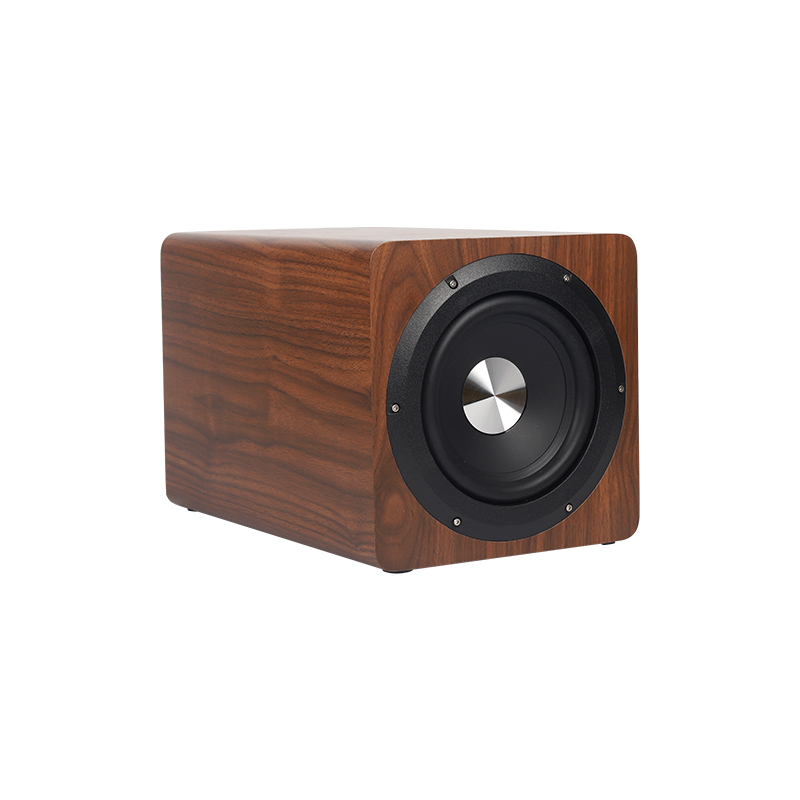The whole process of the wireless phone changing from sound to signal, then modulated into high-frequency radio waves, and then received back to demodulate, amplify, and restore to sound has many, many links. There are many links, one link is not noticed, the working range of the wireless microphone will be reduced, the use range will also be reduced, the use range will become smaller, and even will not be disturbed, because the working range of the wireless microphone will be reduced, and it will not affect the wireless The range of use of the microphone is not even usable at close range. On the contrary, attention should be paid to each link, the anti-interference ability of the wireless microphone will be greatly enhanced, and the stability will also be greatly improved.

1. Matters that operators should pay attention to
1. Precautions before use
Players should carefully check the wireless microphone before playing or using it, connect the system correctly, set up the antenna reasonably, and ensure that the microphone is in normal working condition. Avoid silent wireless microphones when performing or using
(1) Check whether the battery box is in good contact and whether the battery is powered on.
(2) When starting, first turn on the receiver, check the RF meter head, make sure that the channel has no RF interference, and then develop the transmitter.
(3) Check the sound switch of the microphone to ensure that the wireless transmitter and the microphone are always working.
(4) Do not stack receivers together to avoid mutual interference between receivers.
(5) After use, please take out the power supply, because each microphone is a tact switch, whether it is in standby state, the battery will be fully charged.
2. Precautions in use
(1) When performing, pay attention to observe whether the RF radio frequency signal indicator is normal to prevent the interference of external wireless signals.
(2) When transferring microphones, avoid stacking multiple open wireless microphones together, and do not approach the receiving antenna to avoid intermodulation interference and affect the use of wireless microphones.
(3) If there is noise in the sound, it may be that the microphone head is not installed in place, or the sensitivity of the microphone head is set too high, or the frequency point used is disturbed.
①There are interference sources (such as mobile phones, walkie-talkies, cordless phones, etc.) on site. In this case, first change the frequency of the receiver, find the frequency of the receiver's RF signal without interference, and perform frequency matching; When using a set of wireless microphones, special attention should be paid to opening the frequency band.
②Poor on-site reception conditions (for example, there are pillars blocking the site, or metal equipment, glass reflections, wall blocking or turning in the sound control room far away from the venue, etc.) will affect the normal reception of signals. There are usually several ways to solve this problem.
① Use a diversity wireless system as much as possible (ie, one microphone, two antennas), because the two antennas have a larger receiving range.
②You can change the direction and angle of the antenna to improve the receiving effect.
③If the receiving environment is too bad, such as the sound control room is not on site, just extend the antenna to solve the problem
④When you need to replace the wireless microphone, you should first turn off the power of the microphone, then replace it, and then turn on the microphone switch.
⑤ Note that there is a power supply option in the handle of the wireless microphone, the L gear is low-power transmission, and the H gear is high-power transmission (the transmission and reception distance is long and the power consumption is too large), which is set according to the use environment.